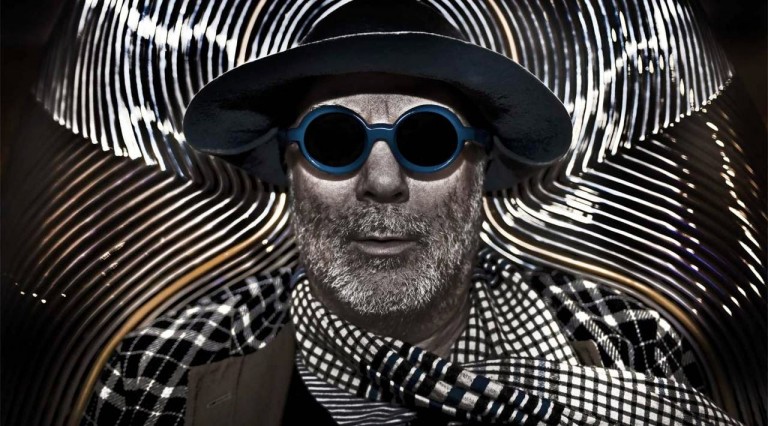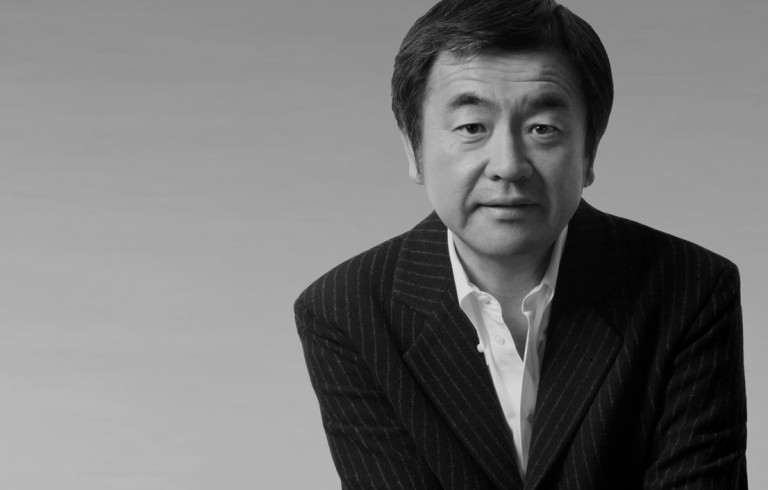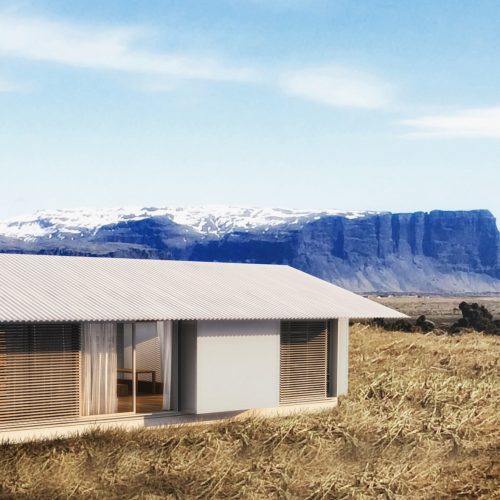Designing your own space can be daunting. Not to mention, the wide variety of design inspirations, materials, and philosophies can be overwhelming.
To guide you in your journey, here are inspirations from world-famous architects, artists, and designers.
A 360-Degree View
In an interview with Freshome.com, Zaha Hadid Architects Founder, Zaha Hadid, spoke how breaking the design rules of architecture can result in a game-changing innovation, as she said:
“I really believe in the idea of the future.”

According to Hadid:
“Architecture is really about well-being. I think that people want to feel good in a space… On one hand it’s about shelter, but it’s also about pleasure.”
She further added that:
“You are not confined to look at a space in one given way. You can really meander around.”
An architectural structure is designed to be admired from various angles and not just a single one. When designing your own space, check for untapped perspectives that you can turn distinctly your own.
An Even Greener Architecture
“There is an intrinsic relationship between architecture and sustainability. We have to take care of the natural resources and of our plane.”
This was the statement of FR-EE Founder and Mexico City-based architect, Fernando Romero, in an interview with Fastcodesign.com.

The increasing practice of green architecture and use of sustainable materials are greatly driven by the threats and effects of climate change. Modern technology has been of great help in finding alternatives for sustainable materials that can lower the carbon footprint of many modern infrastructures. Sustainable architecture with low impacts to the environment is one of the top reasons prefabricated homes are an excellent option.
Romero furthered:
“Design has to be sensitive to these transformations and integrate the available resources and technology to develop objects and solutions of its own time. Design is, on the one hand, a response of a translation process, but also an opportunity to contribute to human development.”
Master Your Craft
“Some people say that creating a piece of furniture is like creating a piece of jewelry.”
This statement belongs to Ron Arad, founder of Ron Arad Studio, from an interview with “Arte e Critica” (Art and Criticism).
When Arad started out as a designer, he experimented a lot and fashioned furniture pieces out of steel sheets. He bended the metal himself, but since he wasn’t an artisan then, his techniques didn’t start out too well.
Some of his earlier pieces were very rough. A team member would even sit on the piece, and he will hammer the furniture until they are all satisfied with the finished product. Eventually, he got better and better.
“I came up with the idea of a stereo made of concrete, the Concrete Hi-Fi. I had no idea that years after, museums would fight to have one, and I only made ten. Without nearly knowing anything about what I was doing, I found myself to be a designer.”
Key takeaway: Even if you don’t know exactly where you’re going, do it anyway and master your craft along the way. As Arad stated:
“Sometimes you need to realize that it is not worthy doing something if you cross certain lines. In art, you are free, but sometimes the budget is tight. Despite this fact, I always find my way.”
Travel Broadens Your Perspective
The best way to change your perspective or look for new angles is to step out of your comfort zone. Traveling changes people in ways they can’t fully grasp. UNStudio founder and principal architect, Ben van Berkel, in an interview with DesignBoom.com shared:
“Traveling in my early 20s to various places, like Japan and America, had a great impact and influence on me.”

Travel changes the way you see things and even allows you to see past what’s obvious. Traveling allows people to scout for new angles, new ideas, and best practices. In design, locating these aspects and focusing on their strengths can help you create a real masterpiece.
Berkel states that:
“As an architect you almost have to be a bit clairvoyant, you have be able to predict how things will be in the future on multiple levels, and I suppose I could say that years of experience have enabled me to develop that skill to some degree.”
Develop Your Distinct Design
“It is very important to establish your own point of view and develop your own distinctive design personality and aesthetic.”
This statement is from Tom Dixon, Founder and architect of Tom Dixon, during an interview with One Kings Lane.

Prefabricated homes are good starting points in choosing a design that fits your lifestyle. Your personality and aesthetics help shape the perfect home for you. As Dixon believes that:
“You should be trying to improve on something that has existed before, whether that’s a better functionality, a life-changing new invention, or even just a nicer color.”
He furthered:
“Good design should improve things. Design is never a single thing.”
So, he tries to make things as simple as possible and being informed about the means of manufacture.
Tie Contrasting Elements Together
Marcel Wanders’ iconic Knotted Chair put him on the map when it debuted in the mid-1990s. Since then, it served as the manifestation and reminder of his design philosophy. In an interview with Hospitalitydesign.com, he said:
“Whether I mix traditional styles with innovative ones, or whether what I create is handcrafted or industrially produced, low tech or high tech, the Knotted Chair both reflects and informs much of what I do today,”

The successful unification of what seems to be conflicting methods, materials, and aspects end up creating one-of-a-kind show pieces. When designing your own space, try to fuse conflicting pieces or methodologies.
In a Fast Company article, Wanders shared that:
“For me, it’s very simple. I want to create a body of work that is really, deeply important to people. One of the vehicles I use is business.”
To truly prove Wanders incredibility, keep in mind his statement:
“This is not because I’m talented. It’s because I push hard, and I never, ever give up.”
Fuse Nature and Architecture
Kengo Kuma is famous for fusing nature and architecture, and his success can be attributed to his careful work with the materials at the beginning of every project. During his interview with Dezeen Magazine, the head of Kuma Lab and founder of Kengo Kuma and Associates said:
“Totality of architectural design includes textures, the soft and hardness of the material, the smell of the material, and the acoustic effect of the material.”

Unlike in the traditional architectural design process where the materials decision begins in the latter part, Kuma starts his design process by choosing the materials early on. He said:
“I’m thinking about what is the material for the building, what is the finish of the building.”
Choosing the right material is crucial, especially in regions with extreme weather conditions. Beginning the design process with the materials in mind will help guide other aspects of the project. The right material decision can give you a home that is in harmony with its location.




